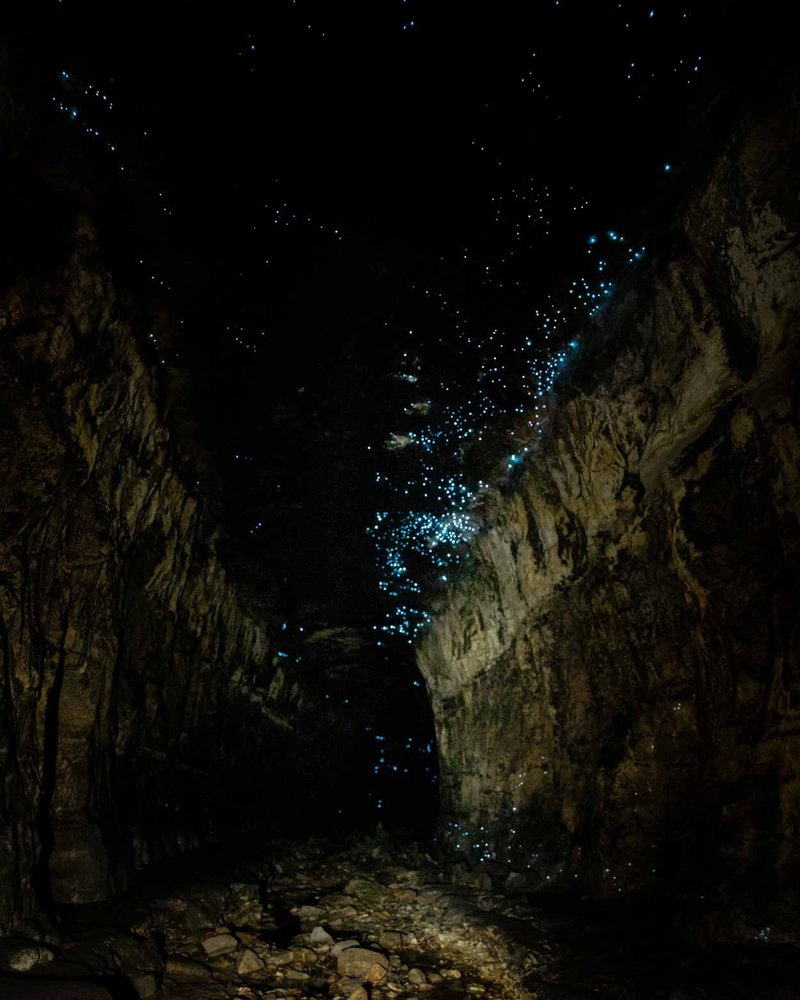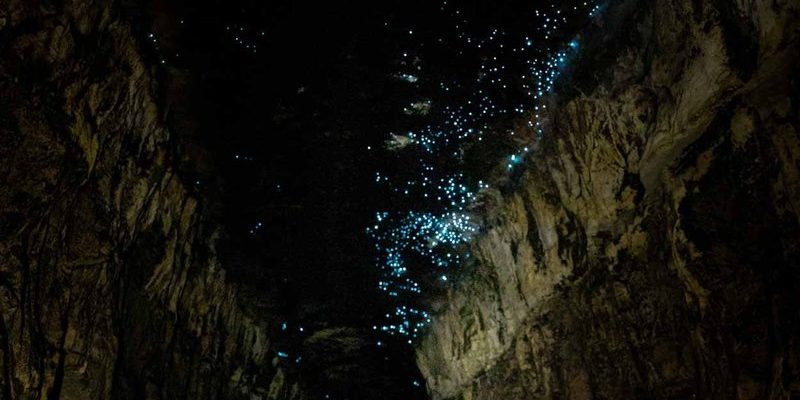
Glow worms are actually a bit of a misnomer. They’re not technically worms but are the larval stage of various types of beetles. The fascinating glow comes from a chemical reaction in their bodies, akin to the way fireflies light up during warm summer nights. Here’s the thing: while glow worms are primarily known to inhabit the Southern Hemisphere, they do have a presence in the Northern Hemisphere—just not as widely or commonly. Let me explain where you might find them and what makes these little luminaries so special!
What Exactly Are Glow Worms?
Glow worms belong mainly to two families of insects: Lampyridae (the fireflies) and Lampyrinae (the glow worm beetles). Their larvae emit a soft, bioluminescent glow that helps attract prey, usually small insects, which they then catch using sticky silk threads. It’s almost like they’ve created their very own glowing trap!
This glow isn’t just for show; it’s a survival strategy. By glowing, they can lure unsuspecting prey right into their web-like snares. The entire process is a brilliant display of nature’s design, where light serves as both bait and the main act. So, while they may look innocent, glow worms are crafty hunters in disguise.
If you think about it, the glow produced by these larvae is quite similar to how we use lights to attract attention, like bright neon signs on a downtown street. Glow worms are nature’s own neon lights, transforming dark spaces into enchanting light displays.
Where Are Glow Worms Found?
Most species of glow worms thrive in the Southern Hemisphere, particularly in regions like New Zealand, Australia, and parts of South America. These areas are known for their lush, moist environments, which provide ideal habitats for these creatures. However, glow worms can also be found in the Northern Hemisphere, although they are less frequent.
You might spot them in specific pockets of the U.S. and Europe. For instance, glow worms have been reported in caves and some woodland areas in the UK, where the climate and environment create suitable conditions. Other areas with moist soil and shelter, such as damp forests, can serve as homes for these larvae.
If you’re ever in locations known for their glow worm presence, keep an eye out! Their glow is most visible during summer nights, shining like tiny stars in the dark. Just remember, spotting them requires patience and a bit of luck.
How Do Glow Worms Glow?
The magic of glow worms lies in their bioluminescence. This phenomenon occurs through a process called *chemiluminescence*, where certain chemicals react to produce light. In glow worms, a compound called luciferin reacts with oxygen in the presence of an enzyme called luciferase. The result? A soft, glowing light that can often be seen flickering in the dark.
The glow serves several purposes. First, it attracts mates during the mating season. Second, as mentioned earlier, it lures in prey, helping them survive. You could think of it as a bright neon sign flashing “free food” to unsuspecting insects.
Interestingly, the intensity and color of their glow can vary. Some glow worms emit a faint blue-green light, while others may shine brighter depending on their environment and health. It’s a spectacular natural display that reminds us how diverse and incredible nature can be!
Glow Worms in the Northern Hemisphere: The Facts
Now, to get back to your burning question—*Are glow worms found in the Northern Hemisphere?* The short answer is: yes, but not as commonly. You’ll find certain species of glow worms in select regions, mostly in parts of the UK and the northeastern U.S. They tend to thrive in damp, protected areas where they can find the ideal conditions to grow.
For example, the *Lampyris noctiluca*, commonly known as the common glow-worm, can be found in the UK. It’s not exactly the same as its Southern Hemisphere cousins, but it shares that magical glowing characteristic. Here, they often inhabit fields, gardens, and hedgerows, lighting them up during warm summer evenings.
Despite their presence, your chances of spotting glow worms in the Northern Hemisphere are far lower than in places like New Zealand. But don’t let that dampen your spirit—if you’re keen on finding them, look for lush, shaded areas and listen for the sounds of chirping insects, as they often accompany their glowing counterparts.
Why Are Glow Worms Important?
Glow worms are more than just pretty lights in the dark. They play a vital role in their ecosystems. As predators, they help control insect populations. By attracting small insects, they help maintain a balance in the food chain. On the other hand, they are also prey for various birds and other animals, which means they contribute to the larger circle of life.
Furthermore, studying glow worms provides insights into environmental health. Their presence often indicates good air quality and a healthy ecosystem. If glow worms are thriving in an area, it’s a positive sign that the environment is well-suited for diverse wildlife.
In a way, you could say glow worms are tiny barometers for ecological balance. Protecting their habitats can also mean safeguarding entire ecosystems, emphasizing the need to consider conservation efforts seriously.
How to Spot Glow Worms
If you’re feeling adventurous and want to see glow worms for yourself, here’s how to maximize your chances:
- Timing is Key: Visit during late spring to early summer, when glow worm activity peaks.
- Choose the Right Location: Look for areas known for glow worm sightings, like specific caves or lush woodlands.
- Go After Dark: Glow worms are best seen at night. Bring a flashlight with a red filter to minimize disturbance.
- Be Quiet: Silence is golden—loud noises can scare them away. Instead, enjoy the serene beauty of the moment!
Remember, glow worms are sensitive to light pollution, so visiting dark areas away from city lights will give you the best chance to witness their enchanting glow. It’s a magical experience that’ll leave you in awe of nature’s wonder!
In Conclusion
So, are glow worms found in the Northern Hemisphere? The answer is yes, but with some limitations. While they create a dazzling spectacle primarily in the Southern Hemisphere, certain species do make their home in specific regions of the Northern Hemisphere. These little luminaries not only light up the night but also play important roles in their ecosystems, showcasing nature’s brilliance.
Whether you’re planning a trip to see glow worms or just curious about these enchanting creatures, understanding their habits, habitats, and significance makes it all the more fascinating. So next time you find yourself under a starry sky, keep an eye out for those tiny, twinkling lights that remind us of the magic that exists all around us.

